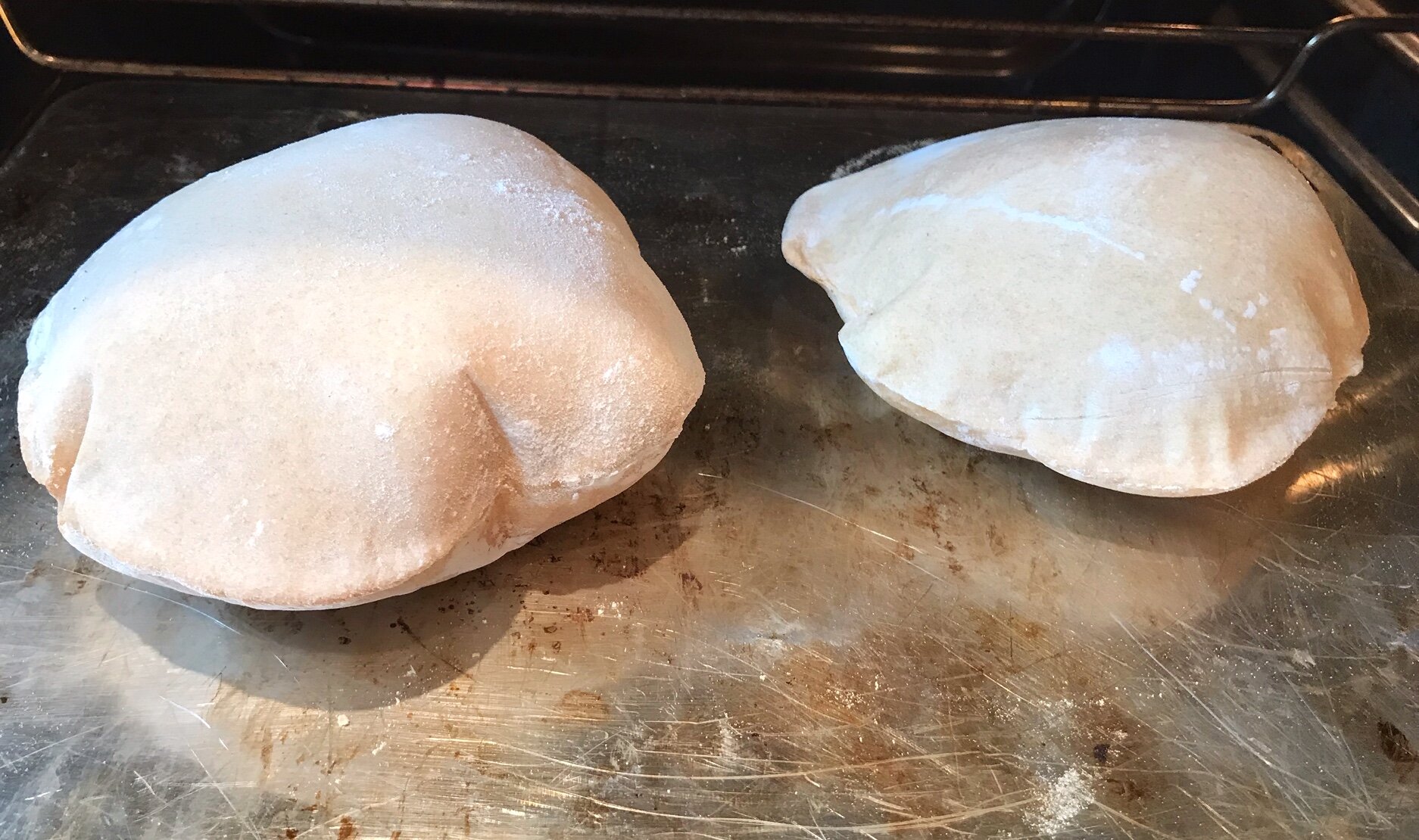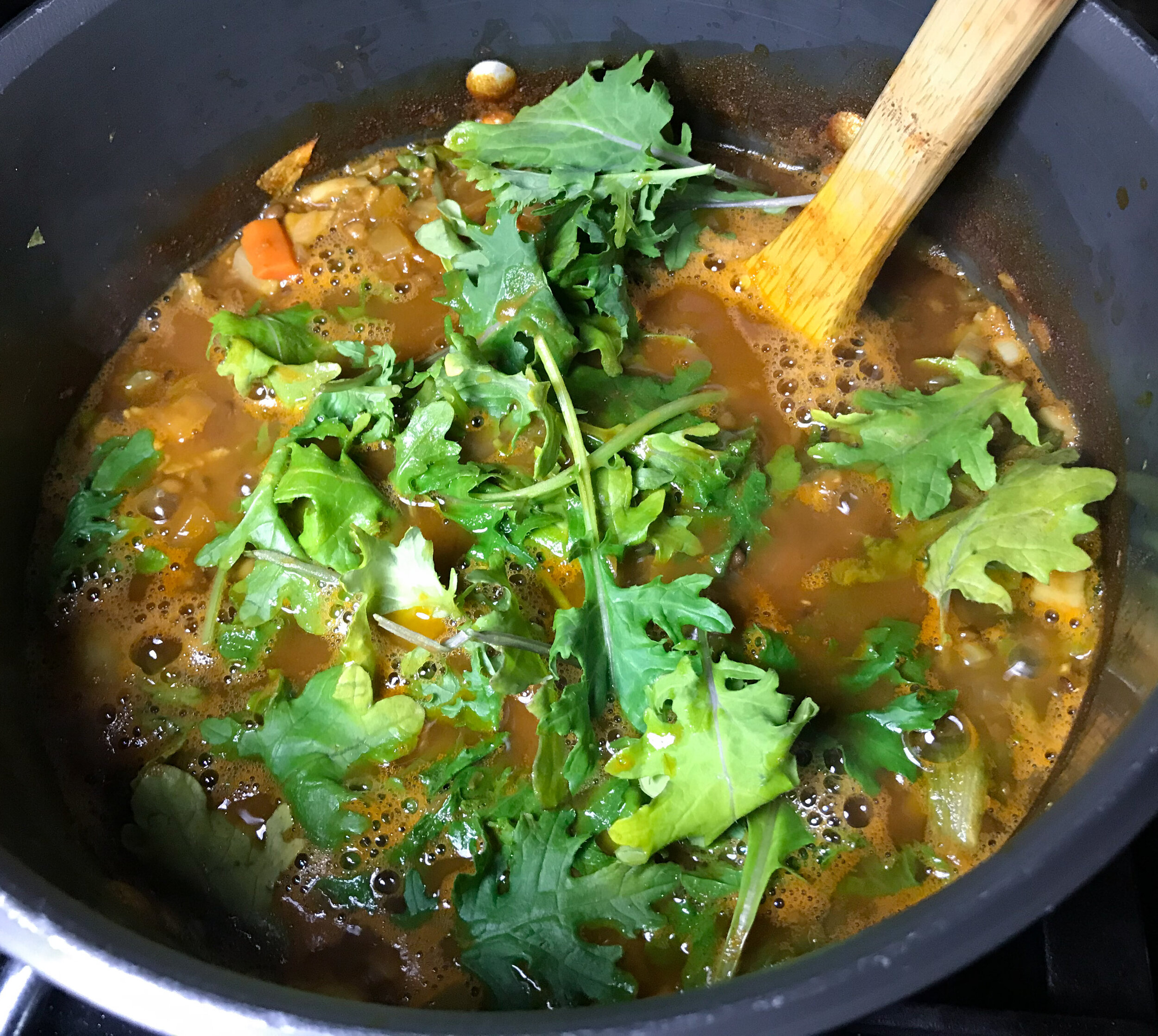UPDATED: August 2, 2020
First came the cravings for comfort carbs: mac and cheese (or any pasta smothered in sauce); warm chocolate chip cookies; sourdough bread. There’s a reason the boxes of pasta were the first edible things to disappear off the shelves in the early days of the Covid-19 pandemic.
After a week or two of that, I started craving anything tangy: the lemons and limes that were so hard to get our hands on, som tum (Thai green papaya salad); dill pickles.
I also kept thinking about the zingy, hot, crunchy pickled carrots we used to love munching in L.A. taquerías. Known in Mexico as zanahorias escabeches, they are super easy to achieve with very limited resources. And four and a half long months later, they still keep hitting the spot.
If you have any carrots in your fridge — and any kind of chile peppers — you can make these in just a few minutes. The carrot slices are cooked very briefly in a half-vinegar, half-water solution with salt and aromatics; chiles and onion are added off-heat to keep the flavors fresh.
They are just the thing to make a video-chat happy hour with friends even brighter. Mix a margarita, open a beer, show off your glorious carrots, crunch away, and dream together of a bright and pickly future.











































































